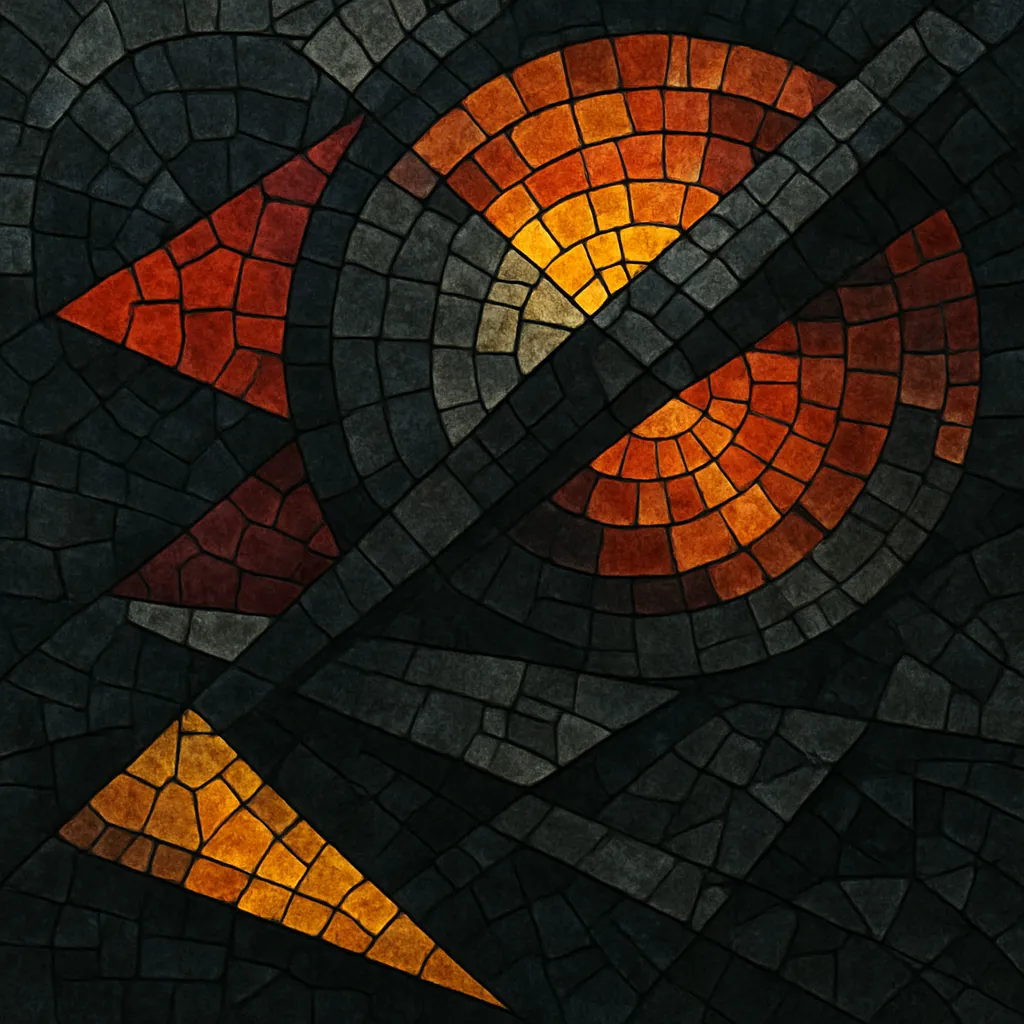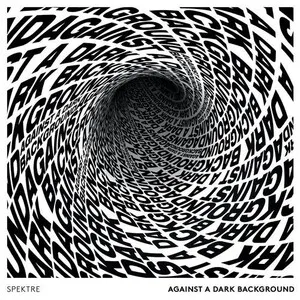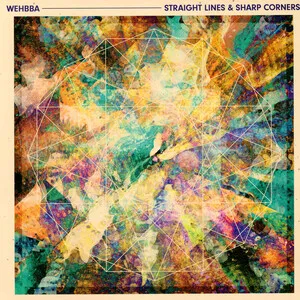Peak time techno is a high-impact, festival-ready strain of techno crafted for the most energetic moments of a set. It emphasizes driving, rolling grooves; big-room dynamics; and tension-and-release structures designed to move large dance floors.
Typically running around 128–135 BPM in 4/4, it features saturated, punchy kicks, rumbling low-end bass, insistent off-beat hats, rides, and dramatic risers and impacts. Musical content is often minimal and functional, with short motifs, stabs, and builds that funnel into cathartic drops rather than elaborate melodies.
The sound and mix are optimized for large PA systems: wide stereo effects above the mids, a mono-focused sub, and arrangements with extended intros/outros for seamless DJ layering.
Peak time techno emerged as DJs and producers aimed to translate warehouse-tough techno into a festival and super-club context. The foundation was classic techno’s mechanical pulse, infused with harder contours from hard techno and schranz, dramatic builds inspired by trance/tech‑trance, and the scale-conscious dynamics of big room.
By the mid-to-late 2010s, download stores and charts began tagging a distinct stream of "peak time" releases: rolling, chunky drums; rumbling, sidechained low end; noisy sweeps; short hooky stabs; and long breakdowns engineered for maximum crowd payoff. Labels associated with streamlined, functional techno helped codify the form, as did festival main stages and extended club peak slots where this sound excelled.
In the 2020s the style became a staple of global techno festivals and top DJ charts. Production values grew even larger—cleaner midrange, heavier subs, and brighter tops—while arrangements leaned into predictable yet effective tension arcs. Simultaneously, cross-pollination with trance motifs and acid lines widened its appeal without sacrificing the core functional focus.
Peak time techno prioritizes physical impact and DJ utility over complexity. Tracks are designed as mixable tools with clearly signposted buildups and drops, making them reliable weapons during crowd-peak moments across massive systems.






%2C%20Cover%20art.webp)

